05:53
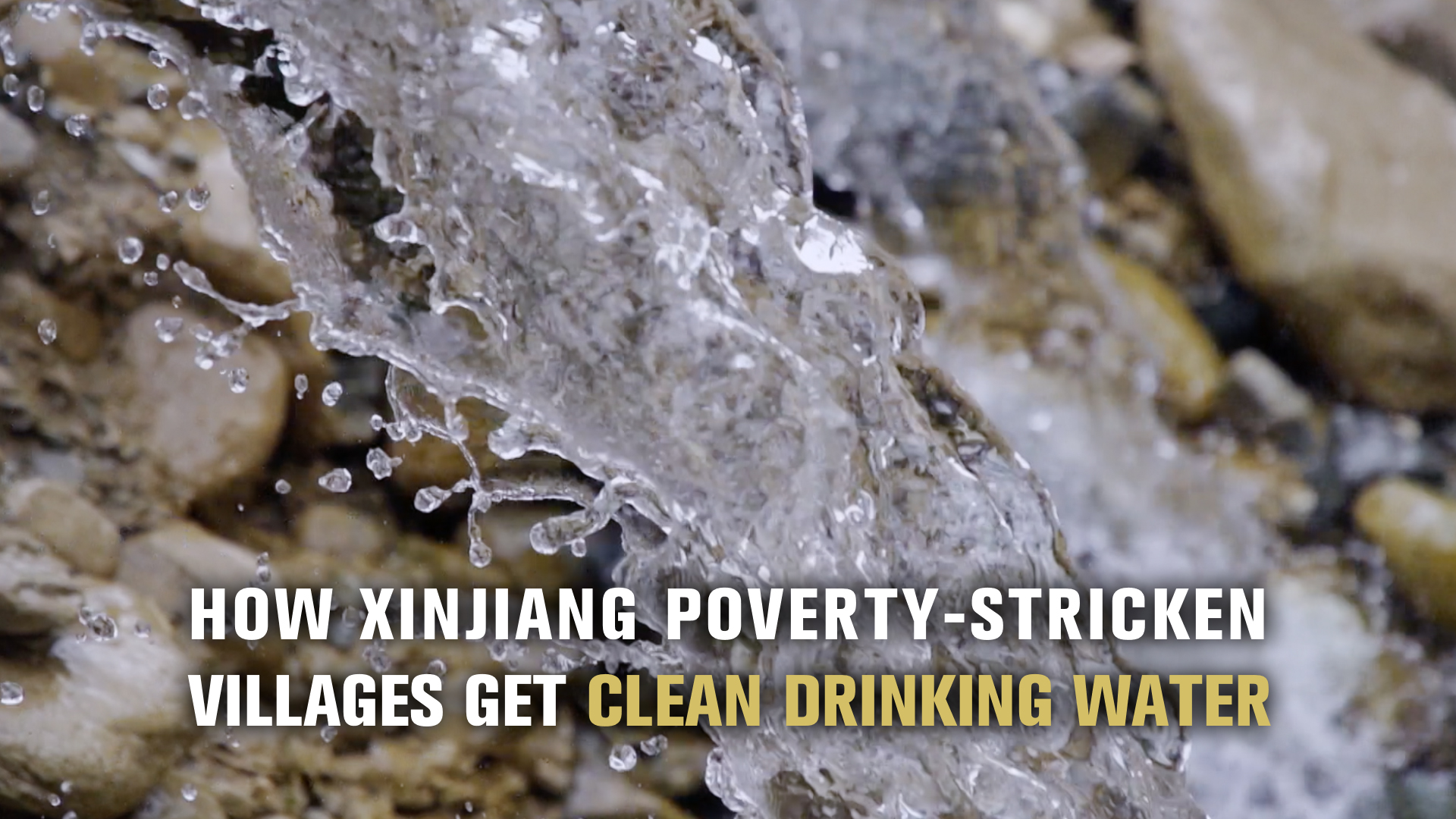
Nasier Maitiniyazi, a 71-year-old Uchkebron villager living in northwest China's Xinjiang Uygur Autonomous Region, spent 60 years going back and forth between a muddy river to his home to get enough water for both drinking and other daily usage.
"I carried six barrels of water each time, which lasted two days. I had to go back to get more when it ran out," Maitiniyazi recalled.
His experience exemplified that of impoverished villagers in southern parts of Xinjiang. As they lived in arid areas, finding safe drinking water was the biggest difficulty hindering them from achieving a better quality of life.
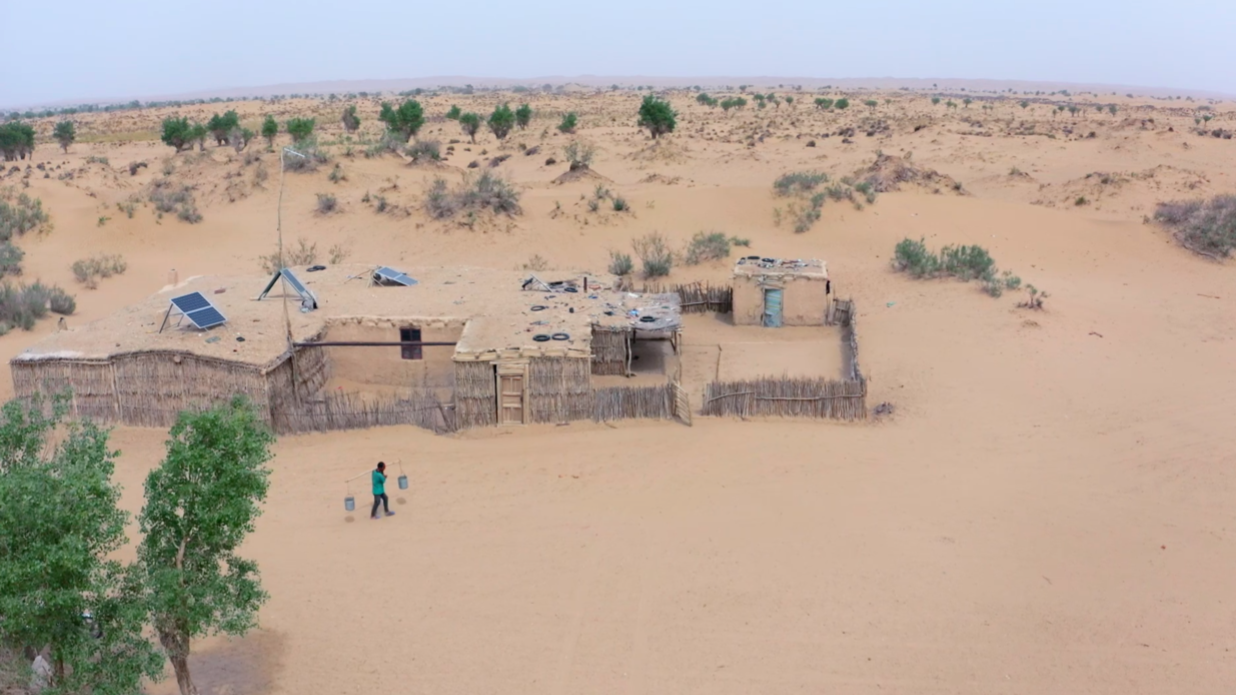
In 2018, China still had 1.04 million people who had difficulty accessing safe drinking water, a third of whom were in Xinjiang alone. /CMG
In 2018, China still had 1.04 million people who had difficulty accessing safe drinking water, a third of whom were in Xinjiang alone. /CMG
"The effectiveness of poverty reduction work would have been affected if these problems had not been solved by 2020," said Chinese President Xi Jinping.
In March 2019, China's Ministry of Water Resources rolled out a plan prioritizing safe drinking water in Xinjiang. Four months later, spring water flowed into every household in Uchkebron Village, ending villagers' daily routine of fetching water from the river.
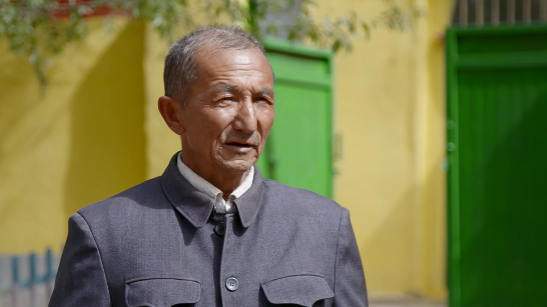
Maitiniyazi and other villagers now enjoy running water. /CMG
Maitiniyazi and other villagers now enjoy running water. /CMG
The problems in the "three regions and three prefectures", which refer to remote and impoverished areas mainly in China's western regions, were among the hardest nuts to crack for China's absolute poverty eradication.
The villagers in these remote areas faced various challenges, including a lack of potable water, transportation, accommodation, education and healthcare.
Focusing on potable water for poor villagers, the central government invested 18.95 billion yuan ($2.94 billion) in "three regions and three prefectures" from 2016 to 2020 to help provide safe drinking water for nearly 2.8 million poor people.
Speaking at a symposium on poverty relief in 2017, President Xi called for making concentrated efforts to ensure that poor communities, together with the whole country, enter a moderately prosperous society in all aspects.
Atuleer Village in Sichuan Province's Liangshan Yi Autonomous Prefecture shot to fame as a "cliff village" after photos posted online showed villagers scaling an 800-meter-high cliff by handmade ladders.
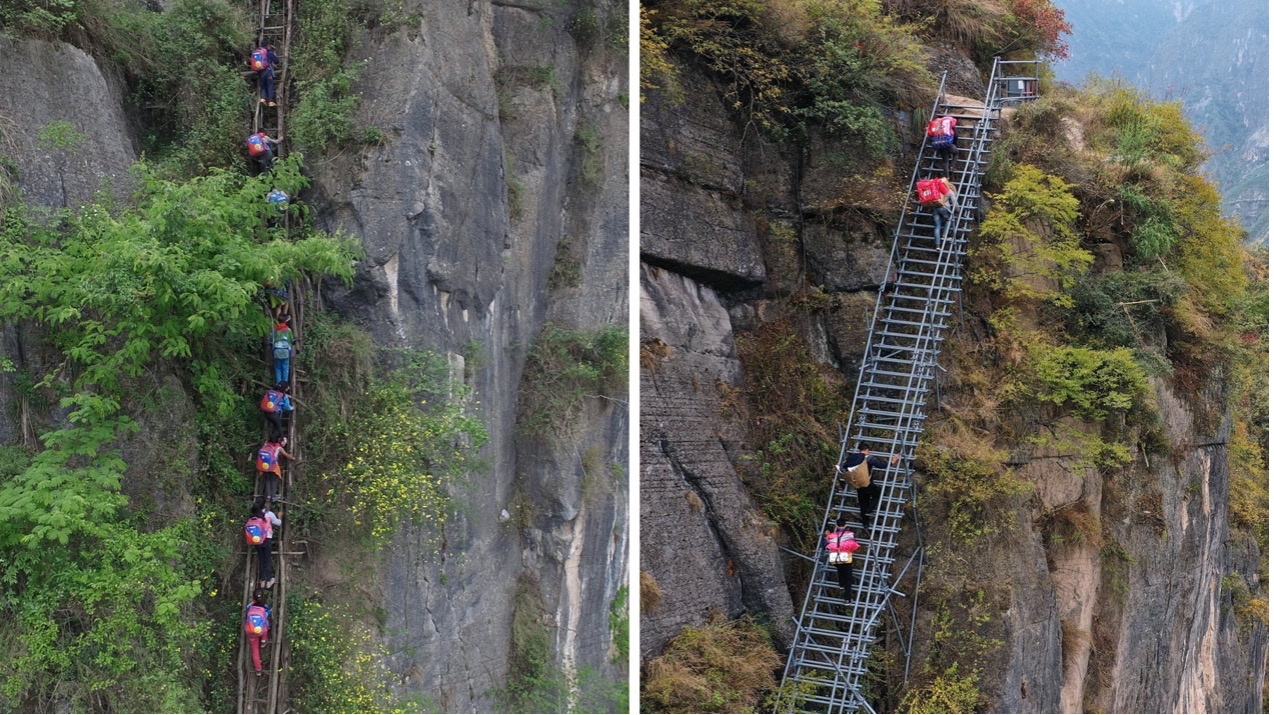
(L) School children climb a series of rattan ladders. (R) Atuleer villagers use safer iron ladders built by the local government in 2016. /CFP
(L) School children climb a series of rattan ladders. (R) Atuleer villagers use safer iron ladders built by the local government in 2016. /CFP
The village caught the attention of President Xi. Soon after new ladders were built, Atuleer Village got access to running water, stable electricity and the internet.
In May 2020, benefiting from the government's tailored poverty relief policies, 84 households from the cliff village were relocated to new apartments in the county.
Atuleer Village is now undergoing tourism development. Some villagers now work in the village's tourist industry, running rural inns and hosting visitors.
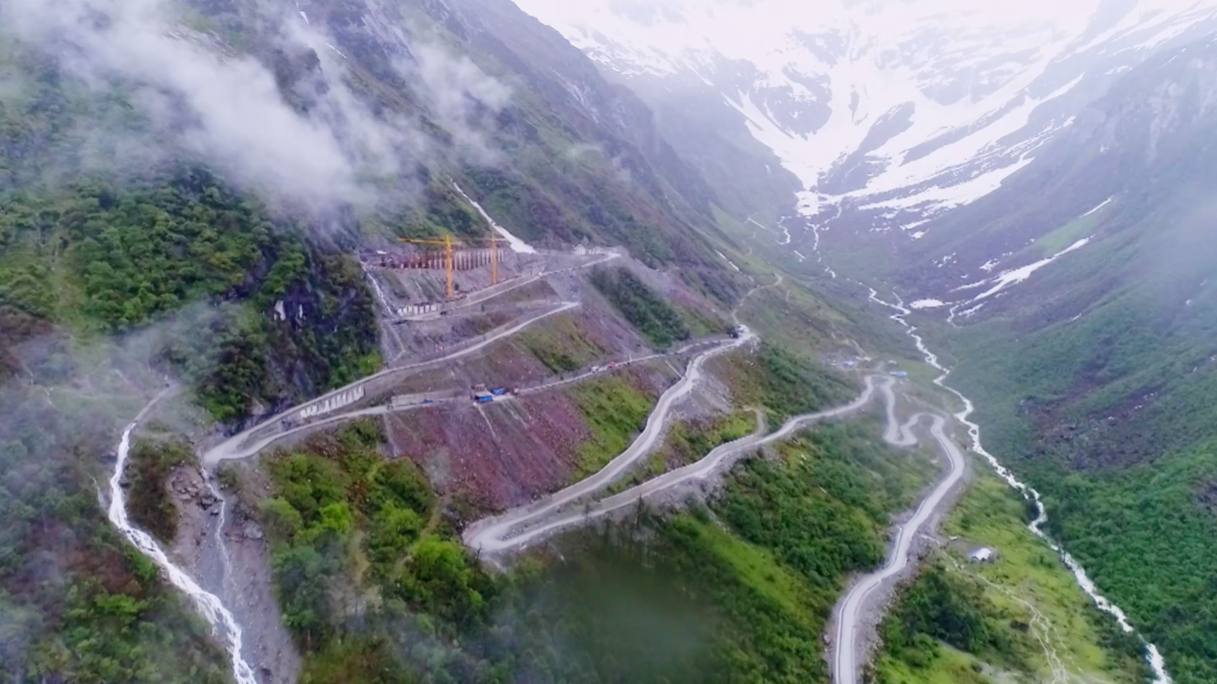
The Chinese government has invested about 280 million yuan over the past five years in building transportation infrastructure for the "three regions and three prefectures." /CMG
The Chinese government has invested about 280 million yuan over the past five years in building transportation infrastructure for the "three regions and three prefectures." /CMG
Developing education and healthcare infrastructure was also essential to the government's plan to eradicate extreme poverty in remote areas.
Poverty eradication through education was a fundamental strategy in winning the battle against extreme poverty and eliminating intergenerational poverty.
Since the 18th National Congress of the Communist Party of China in 2012, the central government has invested 30.2 billion yuan in the "three regions and three prefectures."
Prosperity for all is impossible without health for all, President Xi stressed.
Since 2018, the central fiscal fund has provided 24.06 billion yuan for the "three regions and three prefectures" that has been used to build 1,126 healthcare facilities at the grassroots level, completely solving healthcare problems for the rural poor.
Eradicating extreme poverty in China is a battle that was never let up once started. At the end of 2020, the victory was announced after the last poverty-stricken areas – the impoverished individuals in the "three regions and three prefectures" – were all lifted out of absolute poverty, thus onto the path towards a moderately prosperous society in an all-around way, together with other parts of the country.

